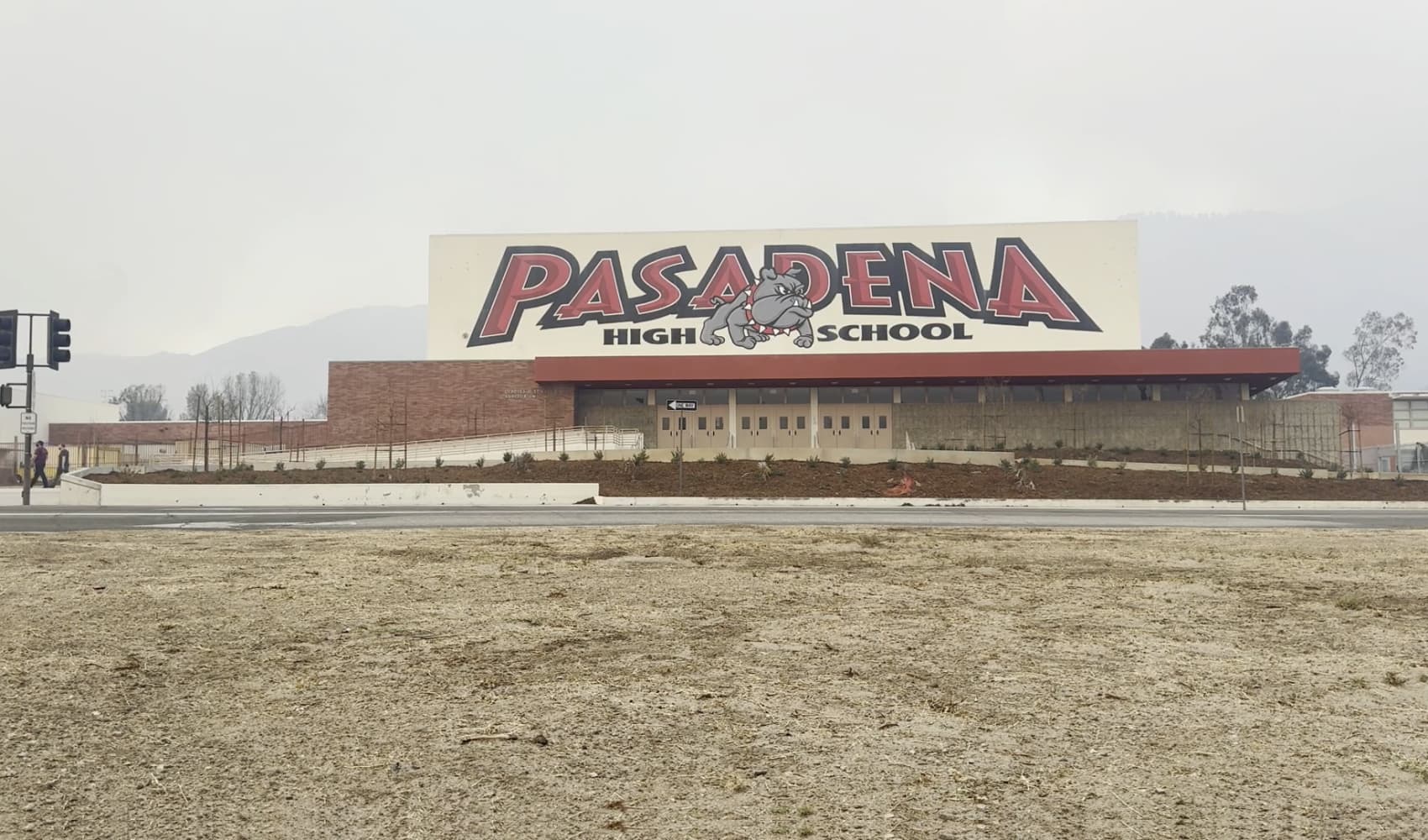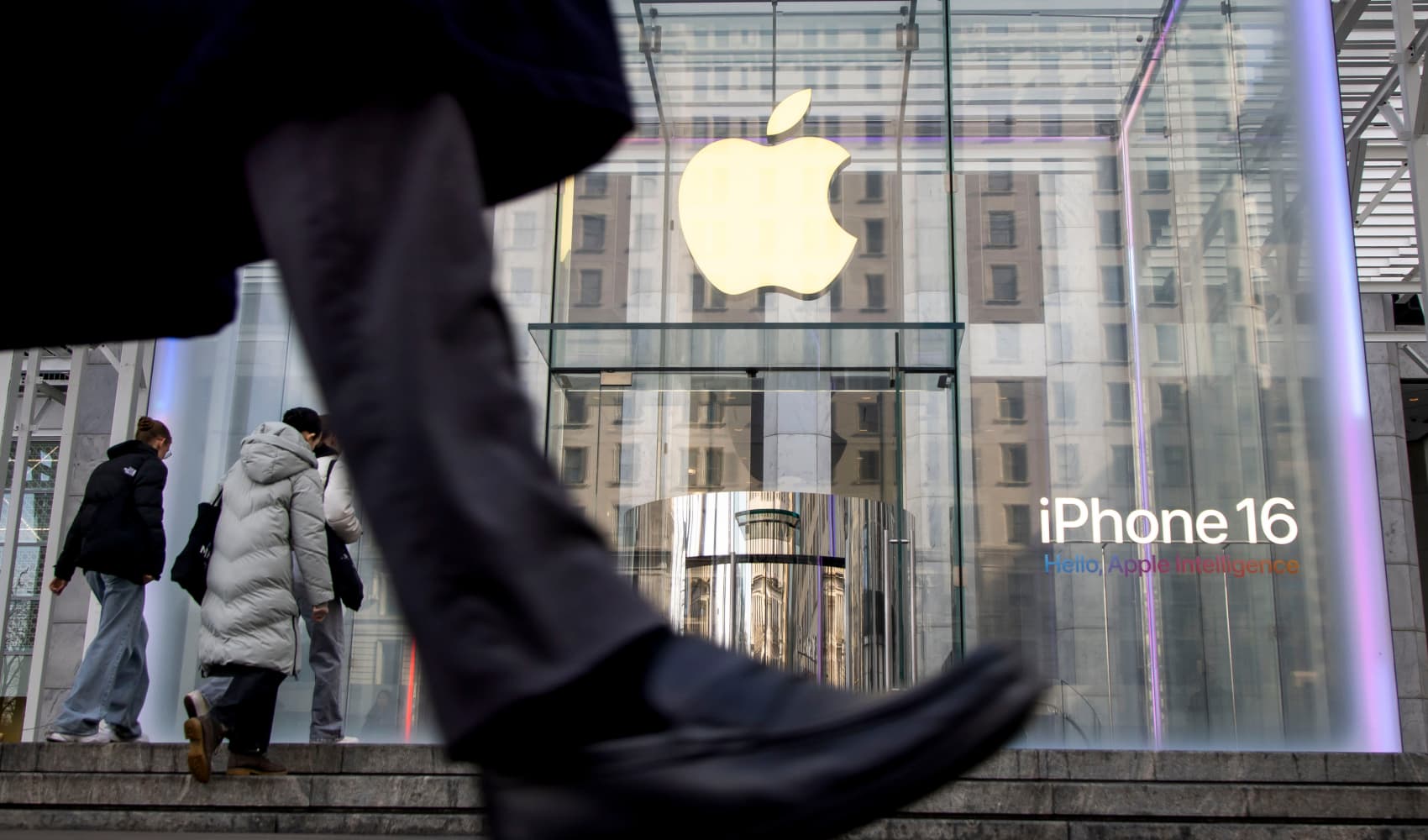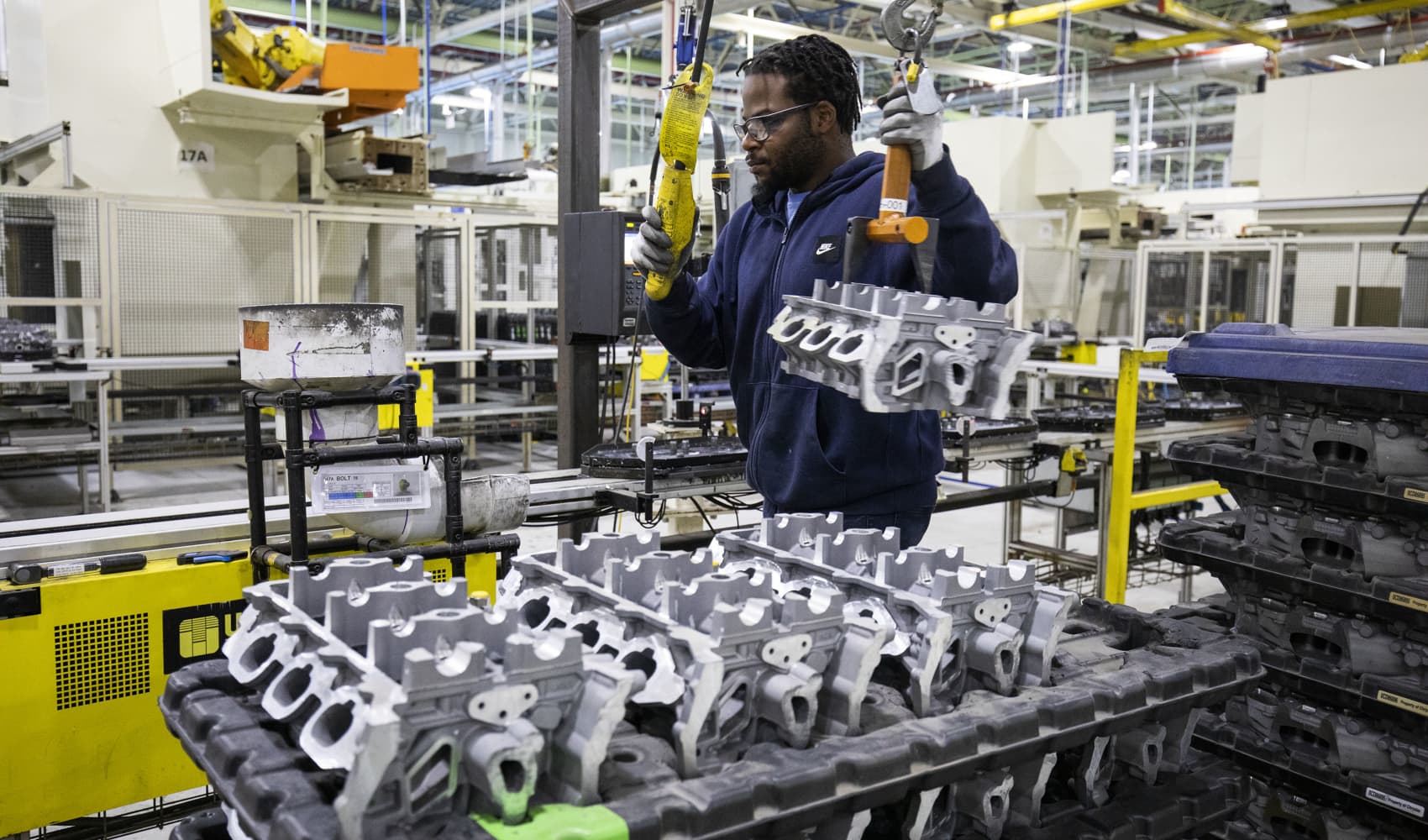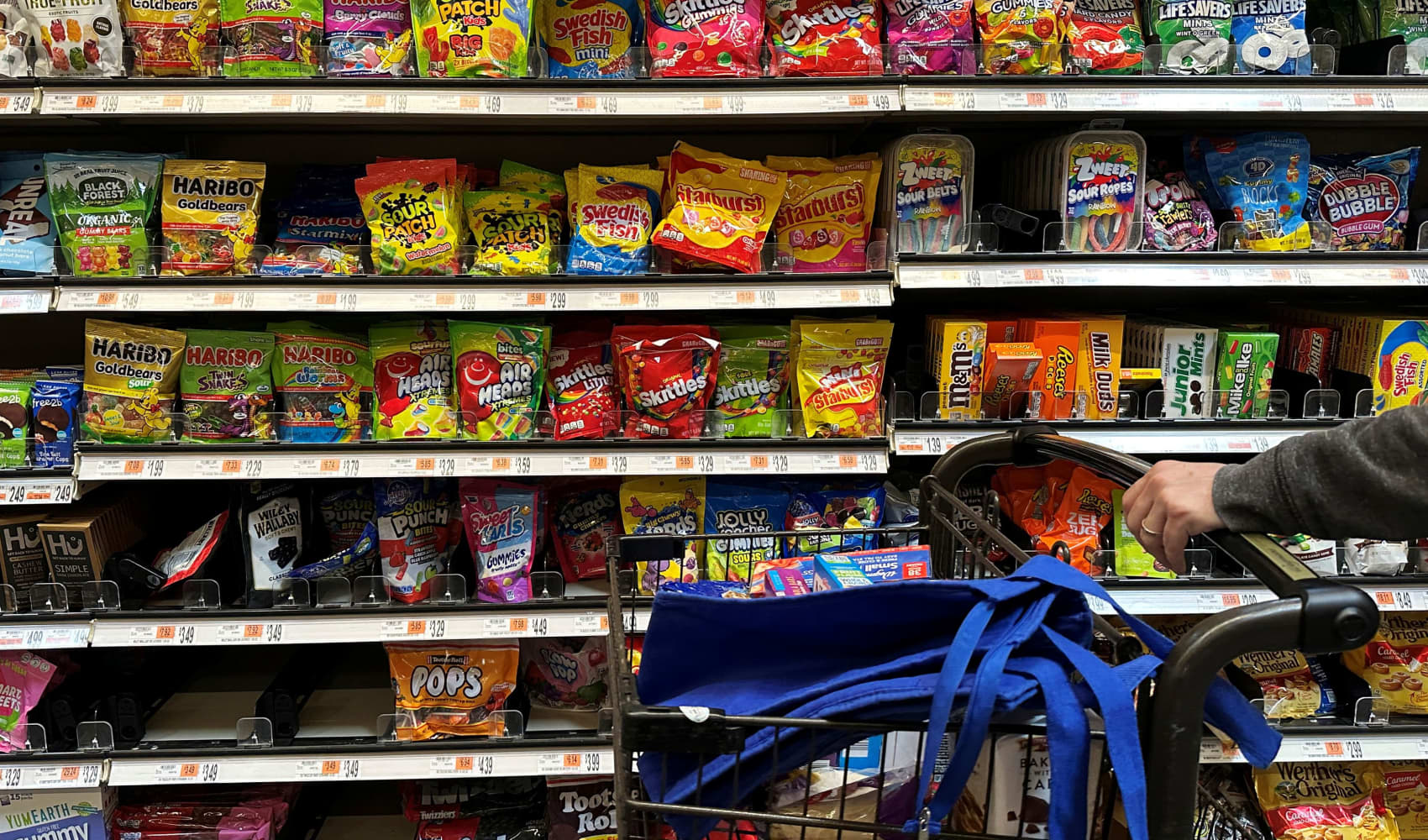Eric Adams Case: 3 Prosecutors Resign, Claim Wrongdoing
Eric Adams Case Fallout: Prosecutors Resign Amidst Trump Admin Scrutiny
Introduction: A Crisis of Confidence?
What happens when the pursuit of justice collides with political agendas? That's precisely the question swirling around the now-dropped federal corruption case against New York City Mayor Eric Adams. In a stunning turn of events, three federal prosecutors, Celia Cohen, Andrew Rohrbach, and Derek Wikstrom, have opted to resign rather than concede wrongdoing following their suspensions. Their stance? They firmly believe the problem lies not with their actions, but with the Trump administration's handling of the case. Let's dive into the details of this developing story and unpack the layers of controversy.
The Prosecutors' Perspective: Standing Their Ground
The three assistant U.S. attorneys were suspended after reportedly refusing to participate in the Department of Justice's decision to drop the prosecution against Adams. According to a letter obtained by NBC News, their resignation stems from a disagreement with the DOJ's handling of the case, specifically concerning the influence of the Trump administration. Are they martyrs for justice, or simply unwilling to admit potential mistakes? That's a question many are asking.
Refusal to Concede
Choosing resignation over admitting wrongdoing is a bold move. It suggests a deep conviction in their actions and a strong disagreement with the direction the case was taking. What could be so compelling that they'd sacrifice their careers? It hints at a fundamental difference in legal philosophy or a profound concern about political interference.
Defending Their Integrity
By resigning, they're sending a clear message: their professional integrity is paramount. This decision could be viewed as a powerful statement against what they perceive as unjust pressure or political maneuvering within the justice system.
The Dropped Case: A Timeline of Events
To understand the current situation, it's crucial to rewind and examine the trajectory of the corruption case against Mayor Adams. This wasn't just any legal battle; it was a political storm brewing in the heart of New York City.
Initial Charges and Allegations
While the specifics of the original charges were [details omitted for brevity, assuming these were outlined elsewhere], the case had significant implications for Adams, especially given his political aspirations. The initial allegations threatened to derail his career and cast a shadow over his administration.
The Judge's Intervention
A federal judge intervened, ordering the case permanently dropped. The stated reason? To prevent the charges from being used as "leverage" over Adams, who was allegedly cooperating with the Trump administration's immigration priorities. This intervention raises serious questions about the fairness and impartiality of the legal process.
Trump Administration's Involvement: A Matter of Influence?
The elephant in the room is the alleged influence of the Trump administration. The prosecutors' resignations highlight potential concerns about political interference in legal matters. Was the case against Adams truly a matter of justice, or was it a pawn in a larger political game?
Immigration Priorities and Cooperation
The judge's statement regarding Adams' cooperation with the Trump administration's immigration priorities is particularly noteworthy. It suggests a quid pro quo – that the case was dropped in exchange for Adams' assistance on immigration matters. This raises ethical and legal red flags.
The Fallout within the DOJ
The prosecutors' resignations are likely just the tip of the iceberg. This case could have far-reaching consequences within the Department of Justice, potentially leading to further investigations and reforms to ensure the independence of legal proceedings from political pressure.
Eric Adams' Political Future: Navigating the Storm
The corruption case has undoubtedly impacted Eric Adams' political trajectory. Originally elected as a Democrat, he's now reportedly running for re-election as an independent. How will this affect his chances of retaining his position?
From Democrat to Independent: A Political Shift
The shift to independent status is a significant move. This could be a strategic attempt to distance himself from the Democratic Party and appeal to a broader range of voters, or perhaps it’s tied to the dropped case itself. Only time will tell if it pays off.
Impact on Re-election Campaign
The lingering shadow of the corruption case will undoubtedly be a major challenge for Adams' re-election campaign. Opponents are sure to use it to paint him as untrustworthy or compromised. He'll need to work hard to regain public trust and convince voters that he's the right person to lead New York City.
Public Perception: A Divided Opinion?
How is the public reacting to this unfolding drama? Public opinion is likely divided, with some viewing Adams as a victim of political persecution and others seeing him as someone who skirted accountability.
Trust in the Justice System
This case has the potential to erode public trust in the justice system. When people perceive that legal decisions are being influenced by political considerations, it undermines the very foundation of the rule of law.
Media Coverage and Scrutiny
The media is playing a crucial role in shaping public opinion. Expect intense scrutiny of Adams, the prosecutors involved, and the Trump administration's handling of the case. The narrative that emerges will have a significant impact on how this situation is perceived.
Legal and Ethical Considerations: Unpacking the Complexities
This case raises numerous legal and ethical questions that demand careful examination. From the role of political influence in legal proceedings to the responsibilities of prosecutors, there are many complex issues at play.
Political Interference in Legal Proceedings
The core question is whether the Trump administration improperly interfered with the case against Adams. If so, this would represent a serious breach of legal and ethical principles.
Prosecutorial Discretion and Responsibilities
Prosecutors have a duty to pursue justice fairly and impartially. The prosecutors' resignations raise questions about whether they felt pressured to act in a way that violated their ethical obligations.
The Broader Implications: A Warning Sign?
This case may be a warning sign about the potential for political interference in legal matters. It highlights the need for safeguards to protect the independence of the justice system from undue influence.
Protecting the Independence of the Justice System
Strengthening safeguards against political interference is crucial to maintaining public trust in the legal system. This may involve reforms to oversight mechanisms, increased transparency, and stronger protections for prosecutors who resist political pressure.
Transparency and Accountability
Transparency is key to holding those in power accountable. The public has a right to know what happened in this case and to ensure that similar situations are avoided in the future.
Conclusion: Lingering Questions and Uncertain Future
The resignation of three federal prosecutors in the Eric Adams case leaves us with more questions than answers. Their refusal to admit wrongdoing, coupled with allegations of Trump administration interference, paints a troubling picture of potential political manipulation within the justice system. While the immediate legal battle may be over, the broader implications for public trust, prosecutorial independence, and the integrity of the legal process remain significant. The future for Adams, and the individuals who have resigned, remains uncertain.
Frequently Asked Questions
- Why did the three prosecutors resign instead of admitting wrongdoing?
They believed the issue was with the Trump administration's handling of the case, not their own actions. They were standing on principle.
- What evidence suggests the Trump administration was involved?
The judge's statement about Adams cooperating with immigration priorities and the prosecutors' letter referencing the Trump administration's handling are suggestive, but further investigation is needed.
- How might this case affect Eric Adams' re-election campaign?
It could damage his reputation and make it harder to win votes, especially as an independent.
- What does this case say about the current state of the justice system?
It raises concerns about the potential for political influence and the need for greater transparency and accountability.
- What are the potential long-term consequences of this situation?
Erosion of public trust in the justice system, calls for reform, and further investigation into the Trump administration's actions are all possible consequences.









